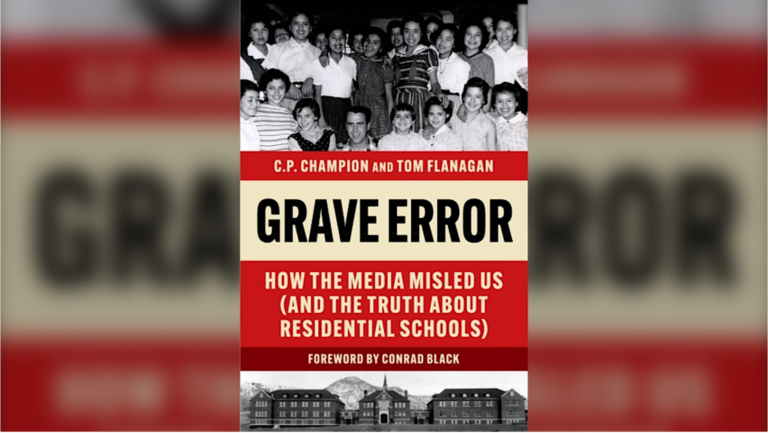The scientific method is the most powerful tool yet devised for discovering truths about the world. The essential feature of the scientific method is the systematic testing of theoretical speculations against empirical evidence. For example, Aristotle claimed that men have more teeth than women do. We do not know how many mouths he looked into, but he may in fact have been correct in his day. Women tended to die younger than men did because of the rigours of childbirth, and wisdom teeth erupt later in life (I am now getting two at the age of 68). Aristotle is often derided for his alleged mistake, but the important thing is that this great philosopher thought it was meaningful to gather such humdrum empirical evidence.
In modern scientific research, the gold standard is the hypothetico-deductive method, which operates through the following stages:
1. Inductively gather information through observation.
2. Formulate an explanatory theory.
3. From that theory, deduce a hypothesis (prediction).
4. Compare (test) that hypothesis against systematic empirical evidence.
5. If the prediction is accurate, consider the theory tentatively supported (i.e., not yet falsified) but continue to derive other predictions for empirical testing.
6. If the prediction is falsified, revise or abandon the theory, and start the cycle over again.
7. Let other researchers replicate the experiment to ensure that results are not a statistical outlier or perhaps due to some quirk of the researcher.
As Karl Popper taught us, the crucial element is the quest for falsification. One cannot properly test Aristotle’s claim about the number of teeth in men and women by finding a few cases to support the dictum. Argument by adducing favourable cases is the hallmark of rhetoric whose purpose is to build political coalitions, not to discover the truth about the world. In contrast, willingness to look at all the evidence is central to the scientific method.
How the scientific method falsifies claims
The most trustworthy method of testing a theoretical prediction is the controlled experiment, in which confounding factors are either eliminated or statistically controlled. In contemporary medicine, this takes the form of the double-blind, randomized clinical trial. Psychological factors are minimized, because neither patients nor doctors know who is getting the treatment and who is getting a placebo. Confounding factors are controlled by matching members of the treatment and controlling for as many factors as possible, such as age, sex, ethnicity and health conditions. The clinical trial is the capstone of other less conclusive forms of research such as epidemiological studies that identify candidate causes of pathology and experiments with animal models whose anatomy and physiology are similar, but not identical, to those of human beings.
Thanks to the scientific method, we have accumulated vital information about medical conditions: Surgery, chemotherapy and radiation lower the mortality rate from cancer, whereas reliance on homeopathic remedies is a death sentence. Fluoride in proper amounts reduces dental cavities, although too much fluoride can lead to mottled and brittle teeth. Despite what Jenny McCarthy says, the MMR vaccine dramatically reduces the likelihood of contracting measles, mumps and rubella without increasing the incidence of autism. We know all these things because of properly conducted and replicated studies.
Of course, our knowledge is not final. As research continues, the scientific method sometimes upsets the conventional scientific wisdom. Until Barry Marshall swallowed a Petri dish of Helicobacter pylori in 1984 and quickly developed stomach ulcers, which then responded to treatment with antibiotics, the medical community thought ulcers were the result of stress and improper diet. Subsequent studies confirmed the role of bacteria, and Marshall won the Nobel Prize in 2005. The treatment of stomach ulcers was revolutionized. The moral of the story is that while conventional scientific wisdom may be wrong at any point in time on any subject, the scientific method is a continuing source of correction and improvement. We do not know everything, but we do know how to test what we think we know and how to develop better approaches over time.
Why “alternative” medicine is attractive: three hypotheses
If the scientific method is so effective, why is there so much fascination with non-scientific “alternative” medicine including osteopathy, naturopathy, homeopathy and chiropractic? Let me suggest three plausible explanatory hypotheses, while emphasizing that plausible does not mean proven.
1. Because the scientific method is restrained, patient and dependent on systematic empirical evidence, there are times when it offers little or no hope. Multiple sclerosis, for example, is a terrible disease that adversely affects both the length and quality of life. We know a lot about its neural mechanisms, but we do not understand its causation. There is no cure, and existing symptomatic treatments are only moderately effective and have unpleasant side effects. Is it any wonder, then, that sufferers turn to Dr. Paolo Zamboni’s venoplasty treatment (enlarging allegedly constricted blood vessels in the neck) even though it is supported mainly by flimsy anecdotal evidence? I might try it, too, if I suffered from MS.
2. The scientific method is not a natural mode of thought for human beings. Survival in ordinary life often depends on making timely decisions based on whatever evidence is available. That was true when early Homo sapiens stalked rhino on the African savannahs, and it is true today when a woman with a lump in her breast has to decide whether to see a surgeon or seek homeopathic advice. She may be more influenced by what she hears from friends and female relatives about the effects of mastectomy than by any consensus in the medical literature. We depend on limited anecdotal evidence in almost everything we do, from buying a new computer to seeking medical treatment.
3. The scientific method seeks truth, but other forms of communication have other objectives. The purpose of political communication – rhetoric – is to build supportive coalitions in the pursuit of power. Half-truths, quarter-truths and downright lies are the daily currency of politics and public affairs. Contrary to the scientific method, the test of effectiveness in rhetoric is not whether a prediction matches the evidence but whether a statement strengthens the coalition that the speaker is trying to build. It is, therefore, not surprising that politicians will pander to believers in alternative medicine. Their votes count just as much as non-believers’ votes. Demands for action led the federal government to authorize a $6-million clinical trial of Dr. Zamboni’s venoplasty as a treatment for MS even though the procedure is supported mainly by anecdotal evidence and not the combination of basic science, epidemiology and trials with animal models that usually precede the expensive decision to proceed to trials with human subjects.
The problem of paranoia
Ordinary political rhetoric has a curious Doppelgänger in the form of individual paranoia. Paranoia is the construction of an imaginary, negative coalition that is out to destroy the individual; the coalition is usually populated by prominent figures such as kings and popes and by secretive organizations such as the CIA. There is not always a bright line between paranoid fantasy and real politics. The Protocols of the Elders of Zion would look like a paranoid fantasy if they were believed by only one person, but when believed by many, they became (and still are) a mainstay of anti-Semitic ideology.
The U.S. political scientist Michael Barkun has written about the “culture of conspiracy,” which emphasizes “stigmatized knowledge” not approved by social authorities. In the strange world of the “culture of conspiracy,” extraterrestrial aliens mingle with the Bavarian Illuminati and devotees of satanic rituals. Alternative medicine naturally is drawn in, along with junk science of all kinds. If the authorities are lying about flying saucers at Roswell, New Mexico, they could just as well be lying about medical research and the scientific method. It is an irresistible milieu for paranoids who are drawn to “stigmatized knowledge” like moths to a flame.
Increased levels of formal education do not seem to discourage the “culture of conspiracy”; indeed, the Internet actually promotes it by allowing true believers from all over the world to exchange “stigmatized knowledge” more freely than ever. If politics is part of the human condition and if paranoia is a distorted, individualized form of politics, then alternative medicine and junk science are likely to flourish no matter how much time is spent explaining the virtues of the scientific method.
~
Tom Flanagan is professor of political science at the University of Calgary.






